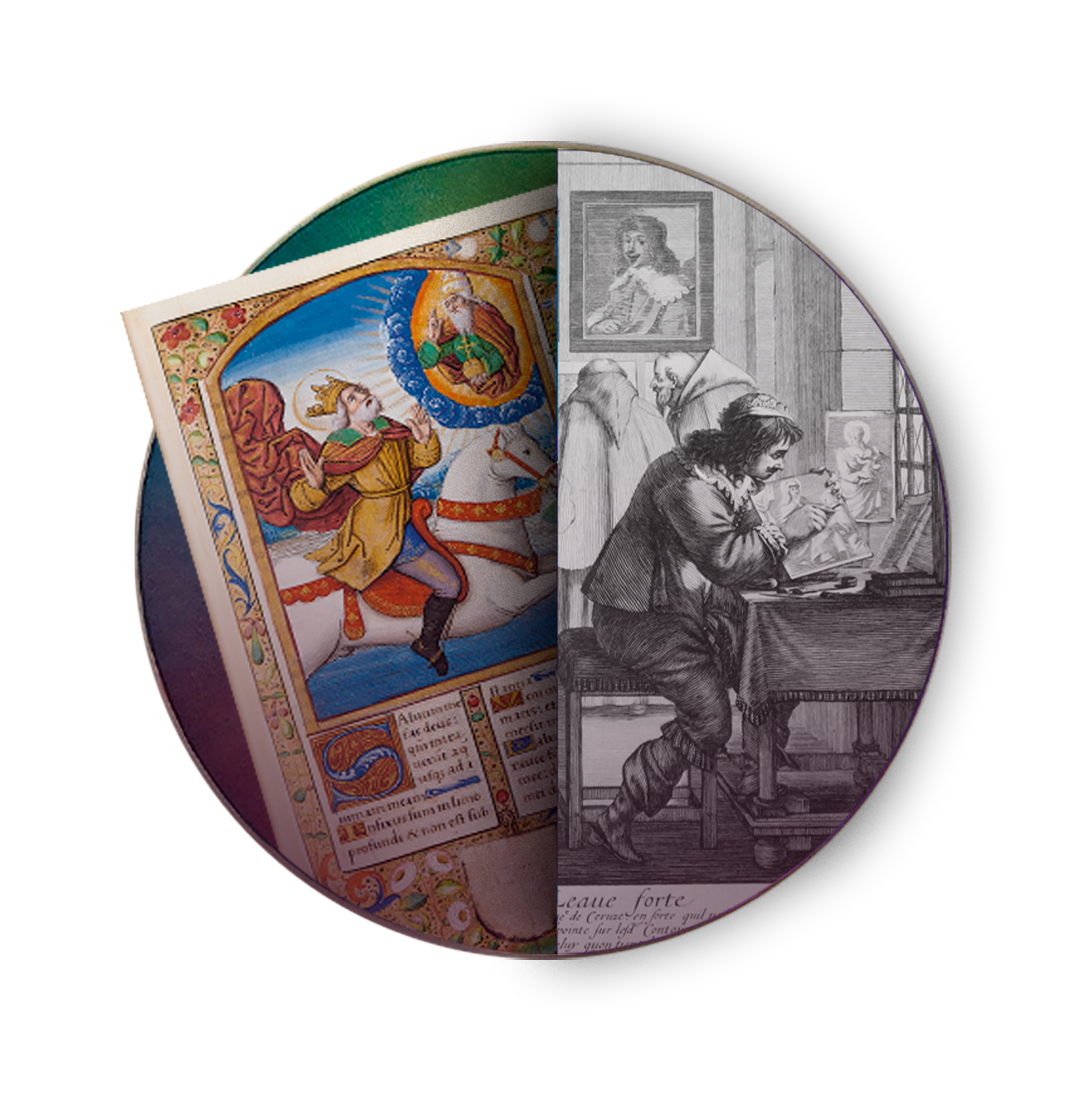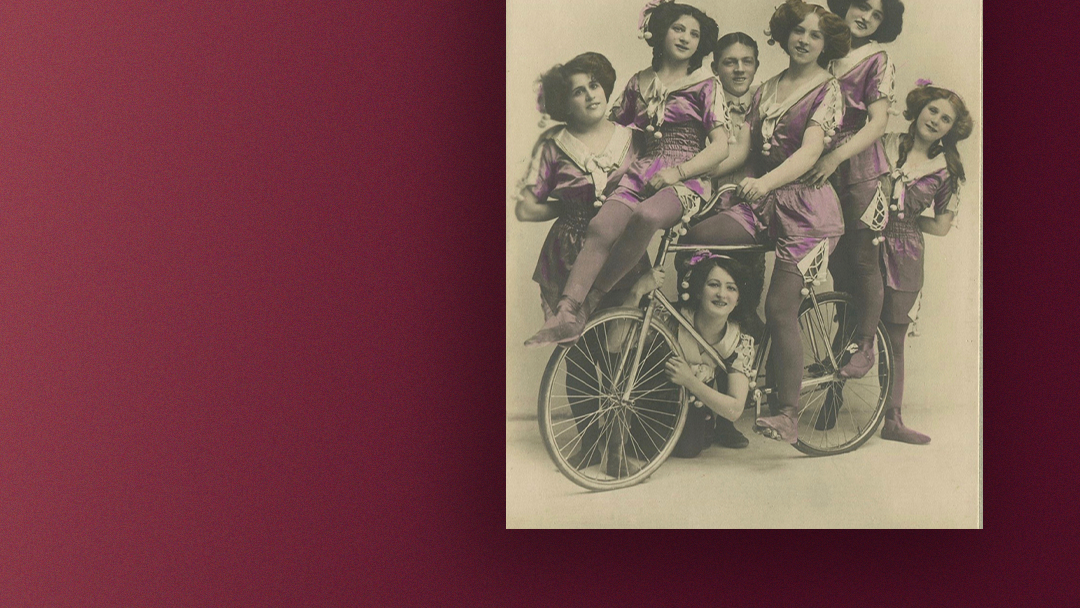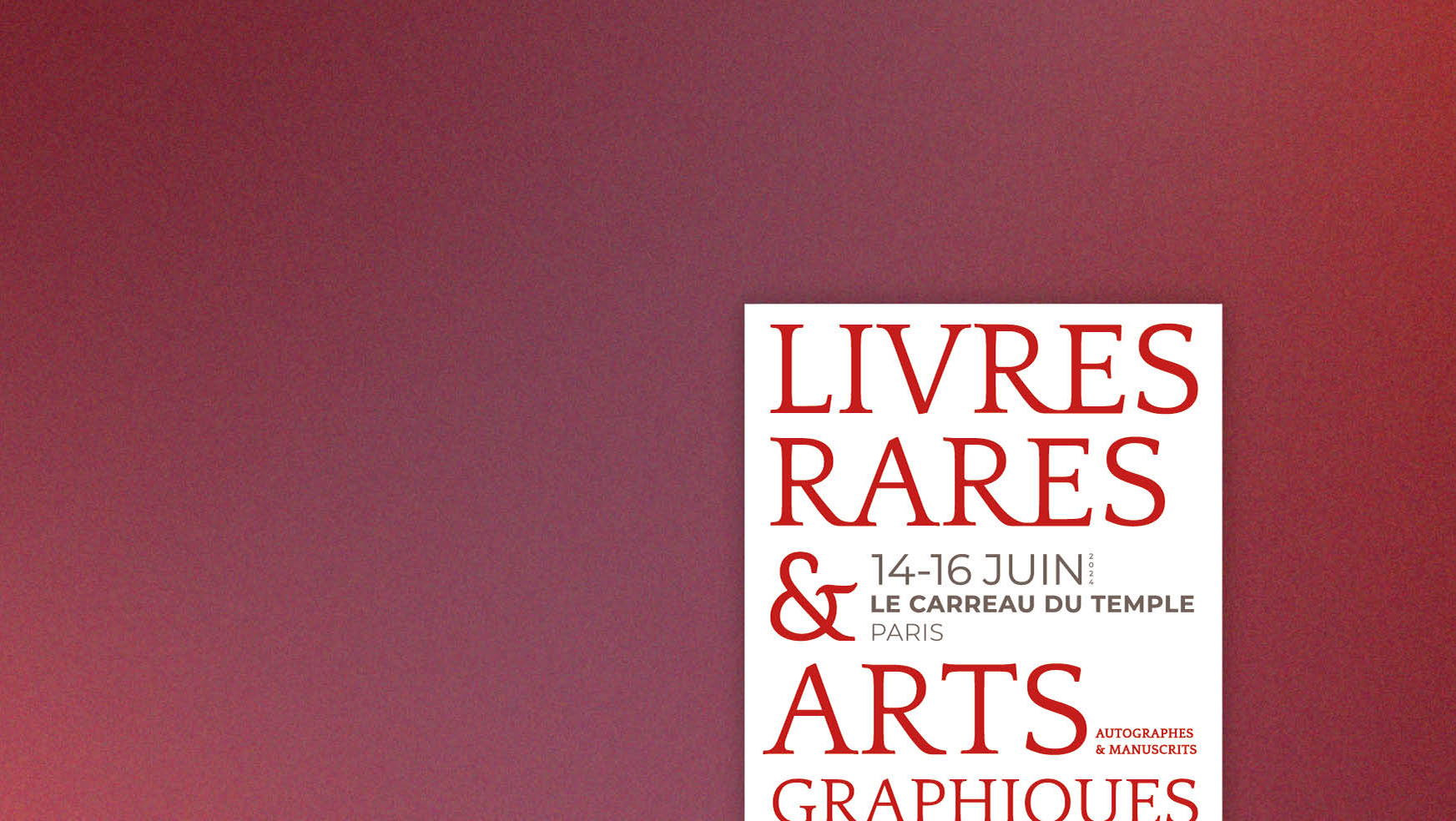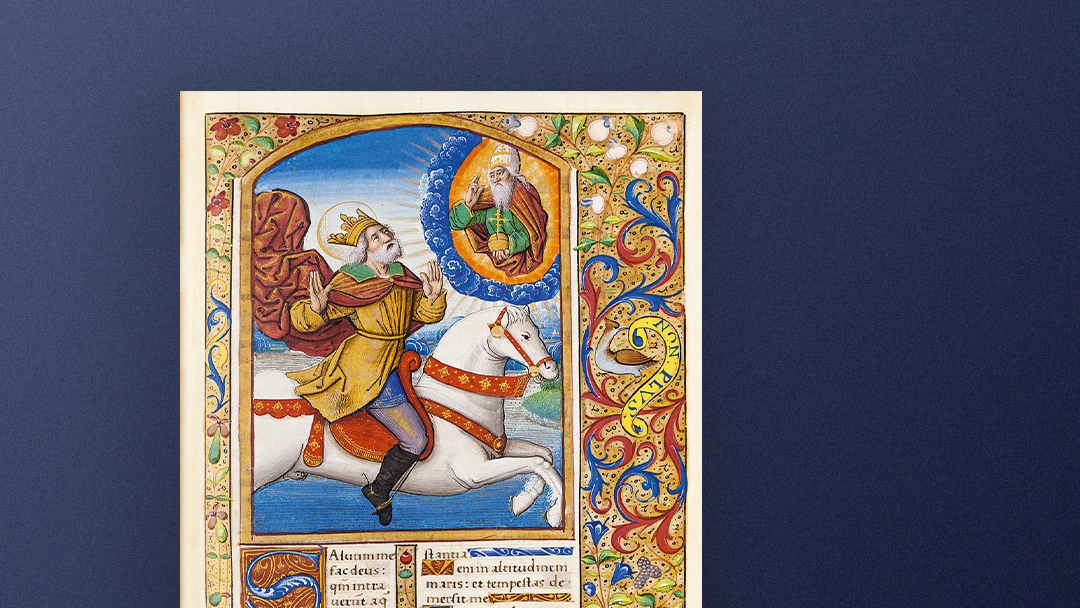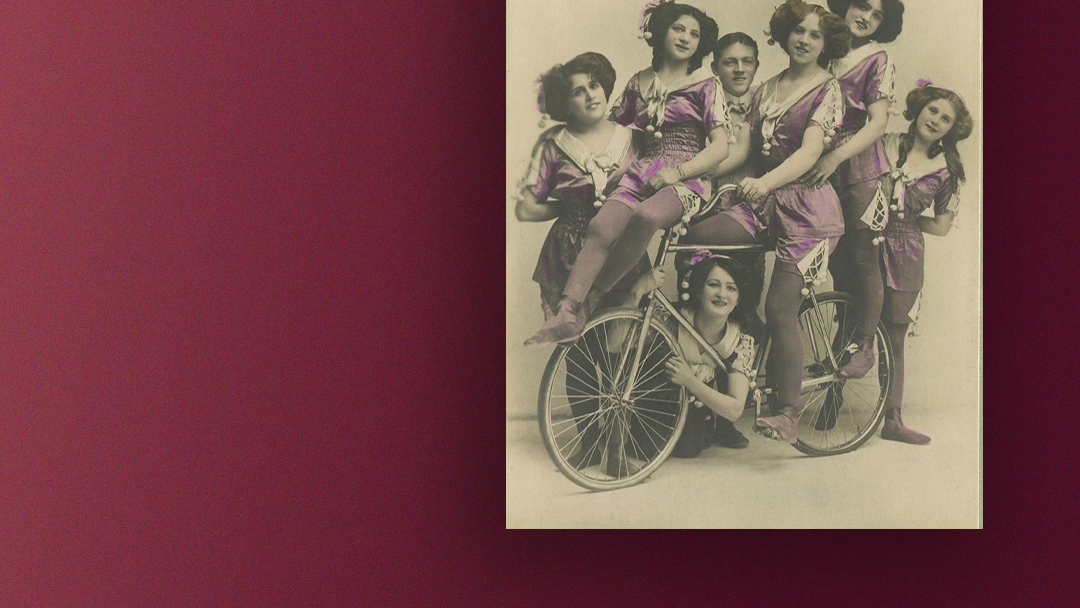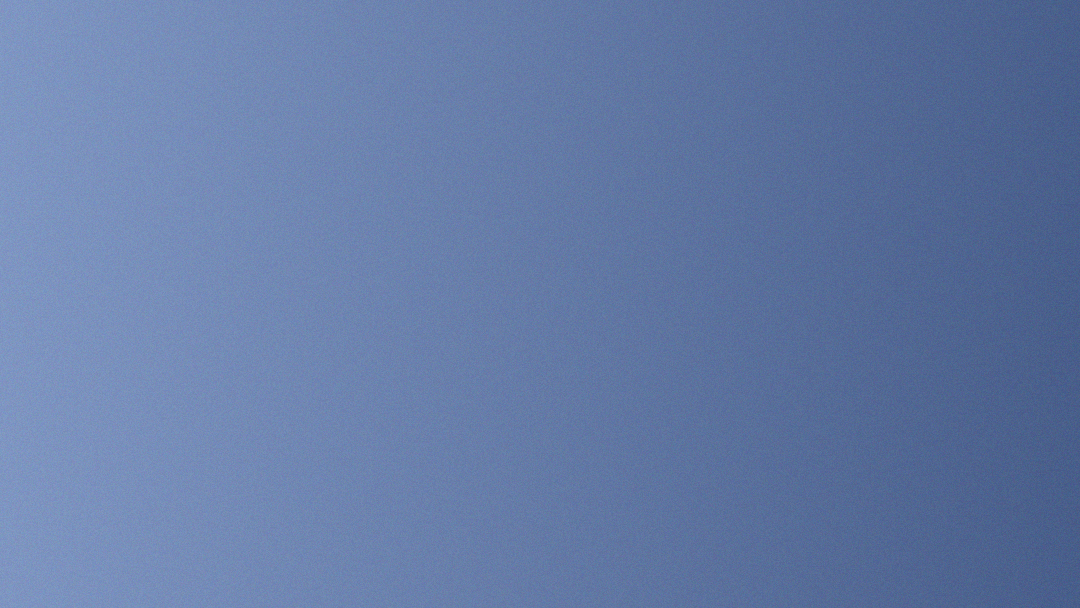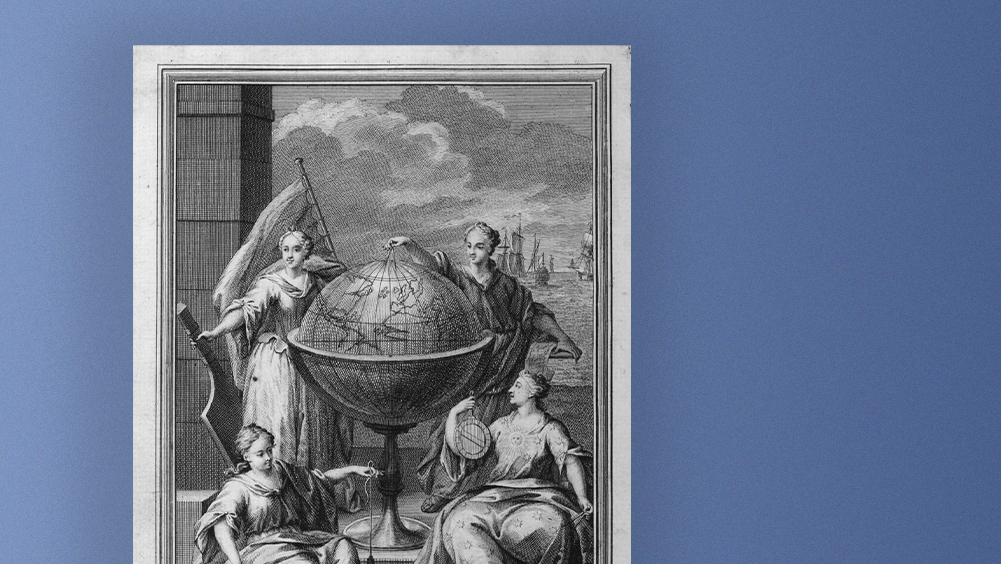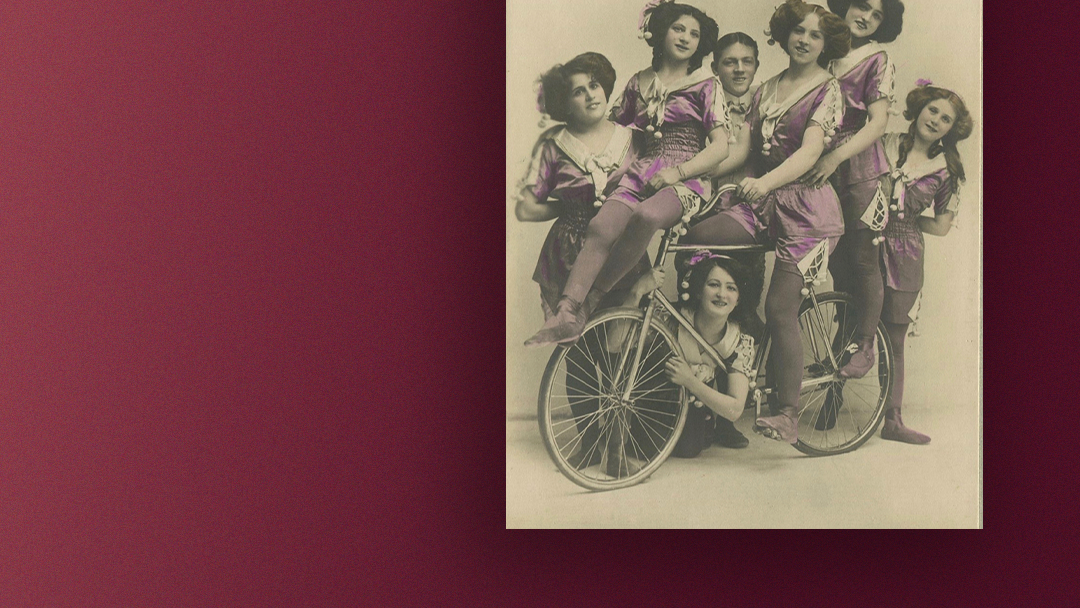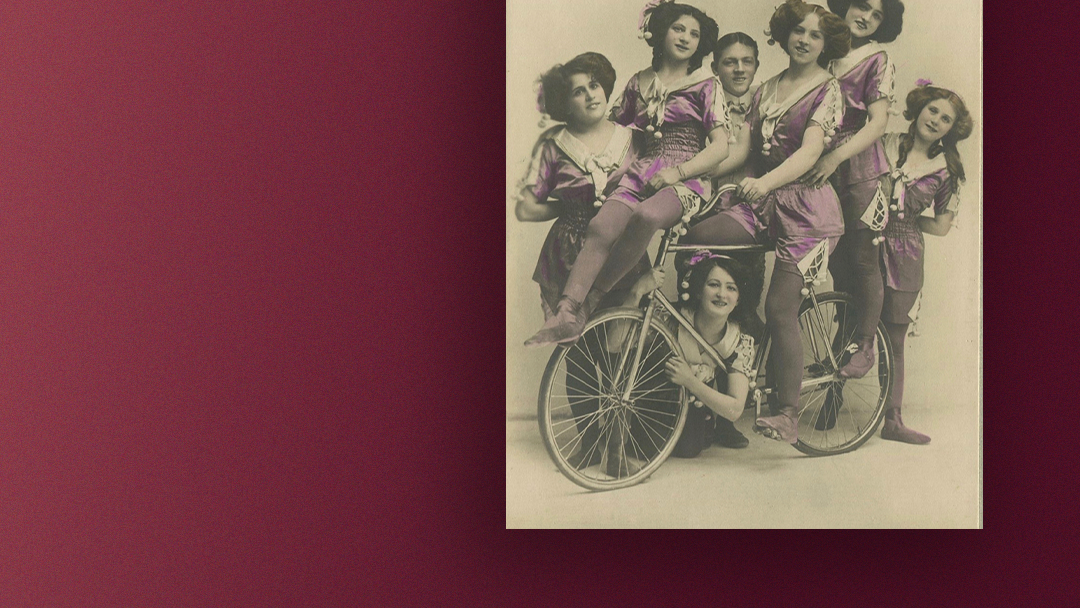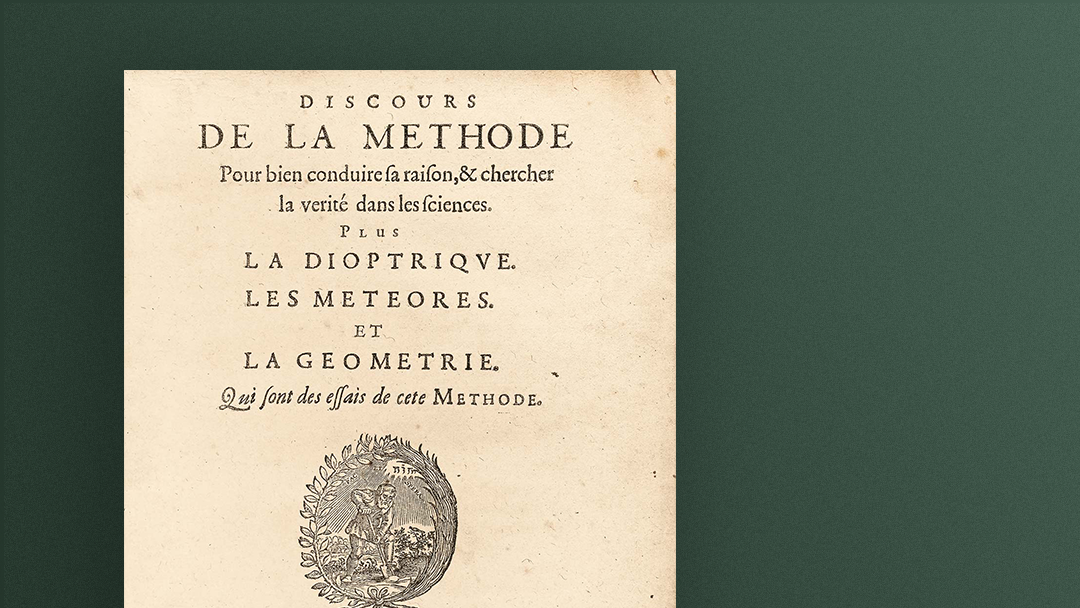LE CARREAU DU TEMPLE
From the Templar’s 12th century enclosure to today's market hall, several centuries of history have punctuated this site.
Owned by the Order of the Hospital in the Middle Ages, the enclosure covered some 6 hectares. The Revolution seized it in the 18th century, and the City of Paris had a covered market built, with four squares, each with its own specialty.
In between the Rotonde du Temple, built in 1788, and these four halls, an area known as the "carreau" was home to a second-hand clothing market.
A market made of metal, glass and brick pavilions was built in 1860 in the purest style of 19th-century Parisian metal architecture. Although economically very active, the market went through a period of decline, and part of the pavilions were demolished in 1904.
In the years between 1920 and 1970, the remaining buildings housed a famous second-hand goods market.
The only remaining building was listed as a historic monument in 1982, in order to avoid the risk of demolition.
The studioMilou agency won the architectural competition organized in 2007, and went on to restructure and renovate Le Carreau du Temple.
Since 2014, the new Carreau du Temple has been a cultural and sports venue for the City of Paris, hosting numerous events every year.
Owned by the Order of the Hospital in the Middle Ages, the enclosure covered some 6 hectares. The Revolution seized it in the 18th century, and the City of Paris had a covered market built, with four squares, each with its own specialty.
In between the Rotonde du Temple, built in 1788, and these four halls, an area known as the "carreau" was home to a second-hand clothing market.
A market made of metal, glass and brick pavilions was built in 1860 in the purest style of 19th-century Parisian metal architecture. Although economically very active, the market went through a period of decline, and part of the pavilions were demolished in 1904.
In the years between 1920 and 1970, the remaining buildings housed a famous second-hand goods market.
The only remaining building was listed as a historic monument in 1982, in order to avoid the risk of demolition.
The studioMilou agency won the architectural competition organized in 2007, and went on to restructure and renovate Le Carreau du Temple.
Since 2014, the new Carreau du Temple has been a cultural and sports venue for the City of Paris, hosting numerous events every year.
❦
© Fernando Javier Urquijo studioMilou architecture
© Fernando Javier Urquijo studioMilou architecture
